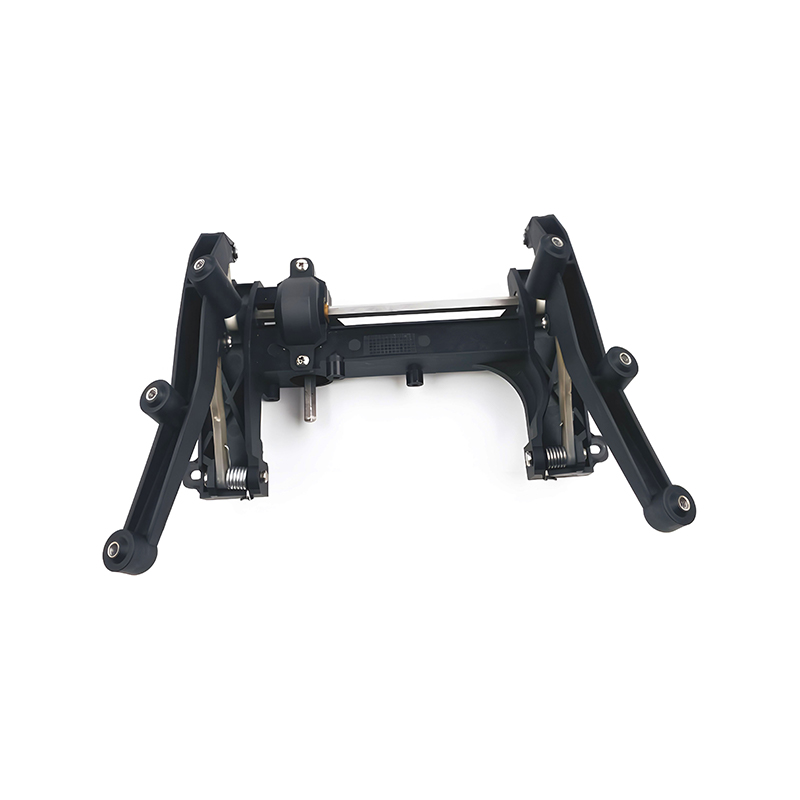The sliding roof motor plays a key role in ensuring smooth and quiet operation. A sunroof that moves noisily or hesitantly can disrupt the tranquility inside the car, detracting from the driving pleasure. That's why the development of a quiet-drive sunroof motor designed for cabin comfort is an important advancement in automotive components.
The sliding roof motor is a specialized type of motor for window car applications, engineered to handle the unique demands of sunroof movement. Unlike typical window motors, sliding roof motors must manage not only linear movement but also the heavier weight and larger dimensions of sunroof panels. This requires a motor that delivers steady torque while maintaining low noise levels to avoid disturbing the cabin environment.

One of the key challenges with sliding roof motors is balancing power and silence. Traditional motors can produce unwanted mechanical noises due to gear meshing or vibrations, especially during startup and stopping. These sounds are often amplified in the enclosed cabin space. The new generation of quiet-drive sunroof motors addresses this by incorporating refined gear designs and enhanced damping materials that absorb vibrations effectively. The result is a motor for window car sunroof systems that operates with small noise, allowing passengers to enjoy a calm and peaceful environment even when the sunroof is opening or closing.
In addition to noise reduction, durability is a critical factor. Sunroof systems are exposed to outdoor conditions including moisture, dust, and temperature fluctuations. Sliding roof motors need to withstand these elements while maintaining consistent performance over time. To meet these requirements, the quiet-drive sunroof motor design often includes sealed housings and corrosion-resistant components, extending the service life of the motor for window car sunroof applications. Such considerations ensure that vehicle owners experience reliable functionality without frequent maintenance or replacement.
The quiet-drive sliding roof motor also plays a role in energy efficiency. With electric vehicles gaining prominence, reducing power consumption in all vehicle systems has become more important. Motors that operate efficiently contribute to lowering the overall energy demand. The sliding roof motor achieves this by utilizing optimized winding techniques and low-friction gear assemblies. This allows the motor to consume less power while still providing smooth and responsive control for the sunroof. For vehicle systems, a quieter and more efficient motor for window car use means improved overall performance and longer battery life.
Installation and integration of the sliding roof motor are also designed with ease in mind. Vehicle assembly lines benefit from modular motor units that can be quickly installed and tested. The quiet-drive sunroof motor typically features compact dimensions and standardized connectors that align with various vehicle models. This versatility supports manufacturers in meeting diverse design needs while maintaining consistent cabin comfort. Additionally, simplified maintenance procedures enable service technicians to quickly address any motor-related issues without extensive downtime.
From the user's perspective, the advantages of a quiet-drive sliding roof motor are immediately noticeable. Imagine driving on a highway with the sunroof sliding open smoothly without any rattling or whirring noises. The cabin remains quiet, allowing conversations, music, or moments of silence to be fully appreciated. This subtle enhancement elevates the driving experience and complements other comfort features within the vehicle.
Moreover, advancements in control electronics paired with the sliding roof motor enable precise positioning. The motor can stop at multiple preset points, allowing occupants to adjust ventilation and sunlight exposure exactly as desired. These fine controls would be less effective without a motor for window car sunroof systems that responds reliably and quietly. The combination of mechanical innovation and smart control electronics thus delivers a more refined user experience.
Looking ahead, as vehicle cabins continue to evolve with new materials and technologies, the demand for components that contribute to acoustic comfort will grow. The quiet-drive sliding roof motor is one example of how engineering innovation directly influences passenger satisfaction. By less noise and increasing smooth operation, this motor supports the overall goal of creating a more enjoyable and comfortable interior environment.
In summary, the quiet-drive sunroof motor designed for cabin comfort represents a thoughtful blend of mechanical design, material selection, and control technology. It meets the specific requirements of sliding roof motors while addressing common challenges such as noise and durability. For vehicle manufacturers and users alike, this motor for window car sunroof applications offers a reliable and pleasant solution that enhances everyday driving. The careful engineering behind these motors ensures that sunroof operation becomes a seamless part of the vehicle experience, free from distraction and disturbance.
Your email address will not be published. Required field are marked*